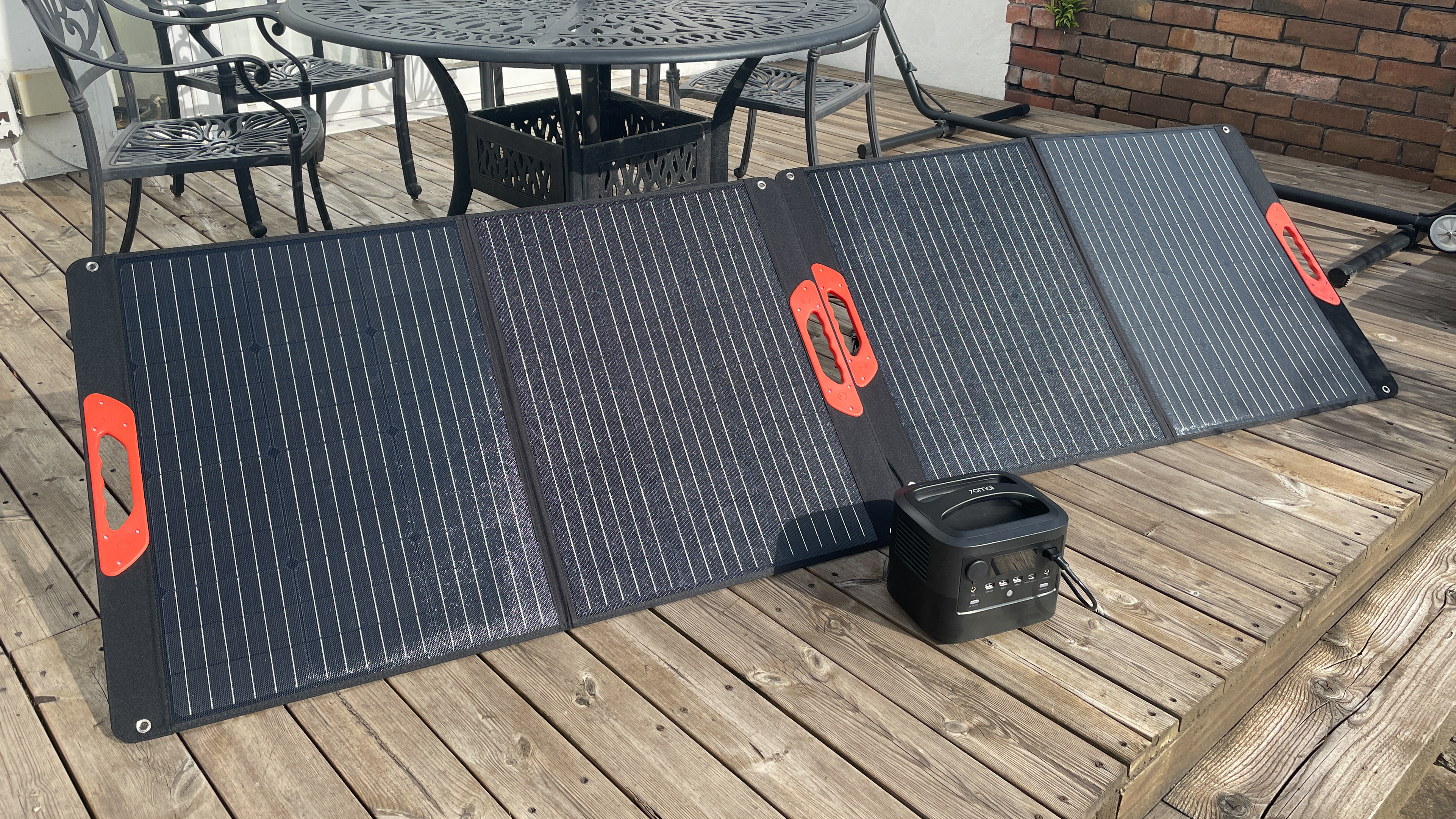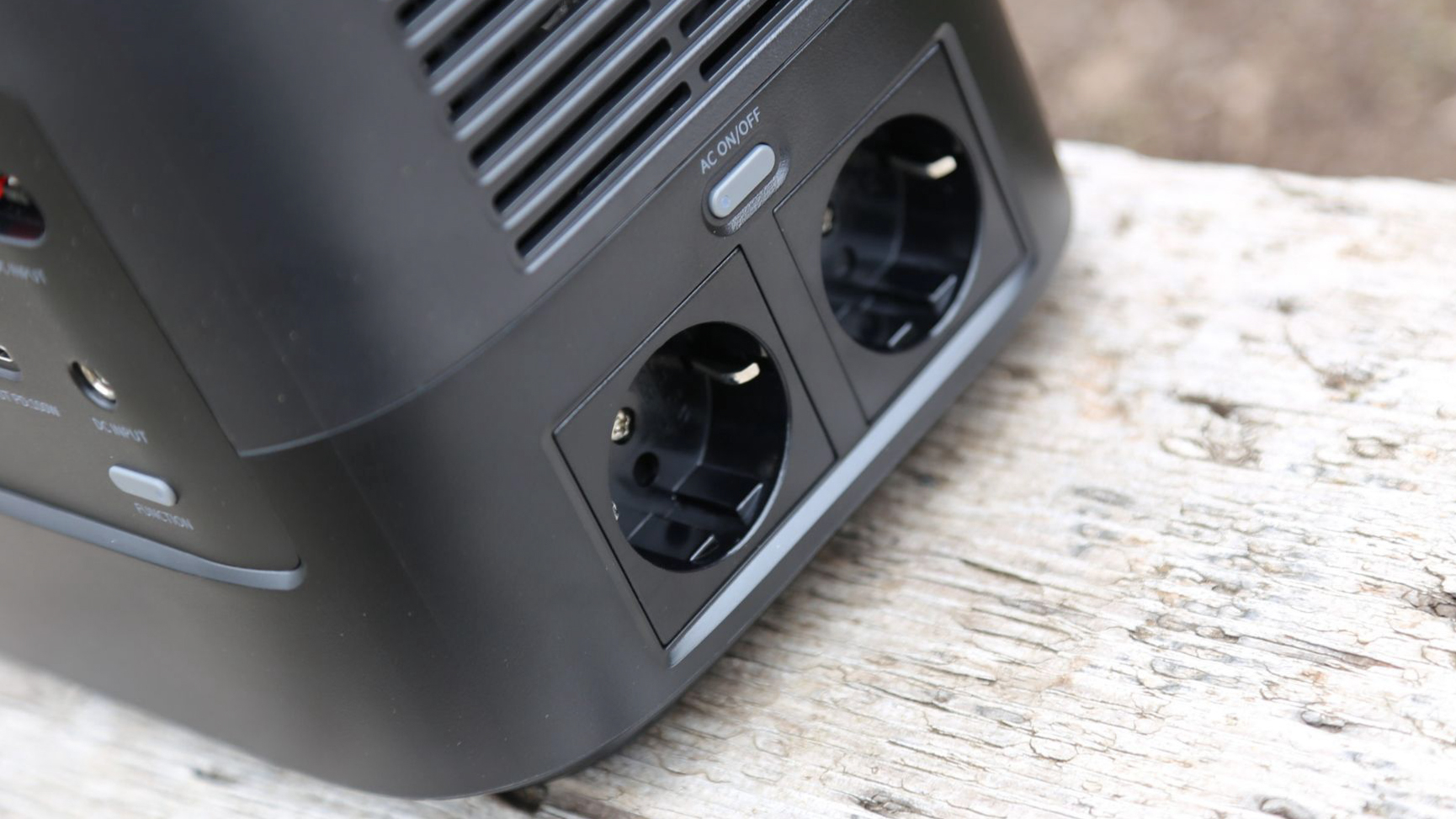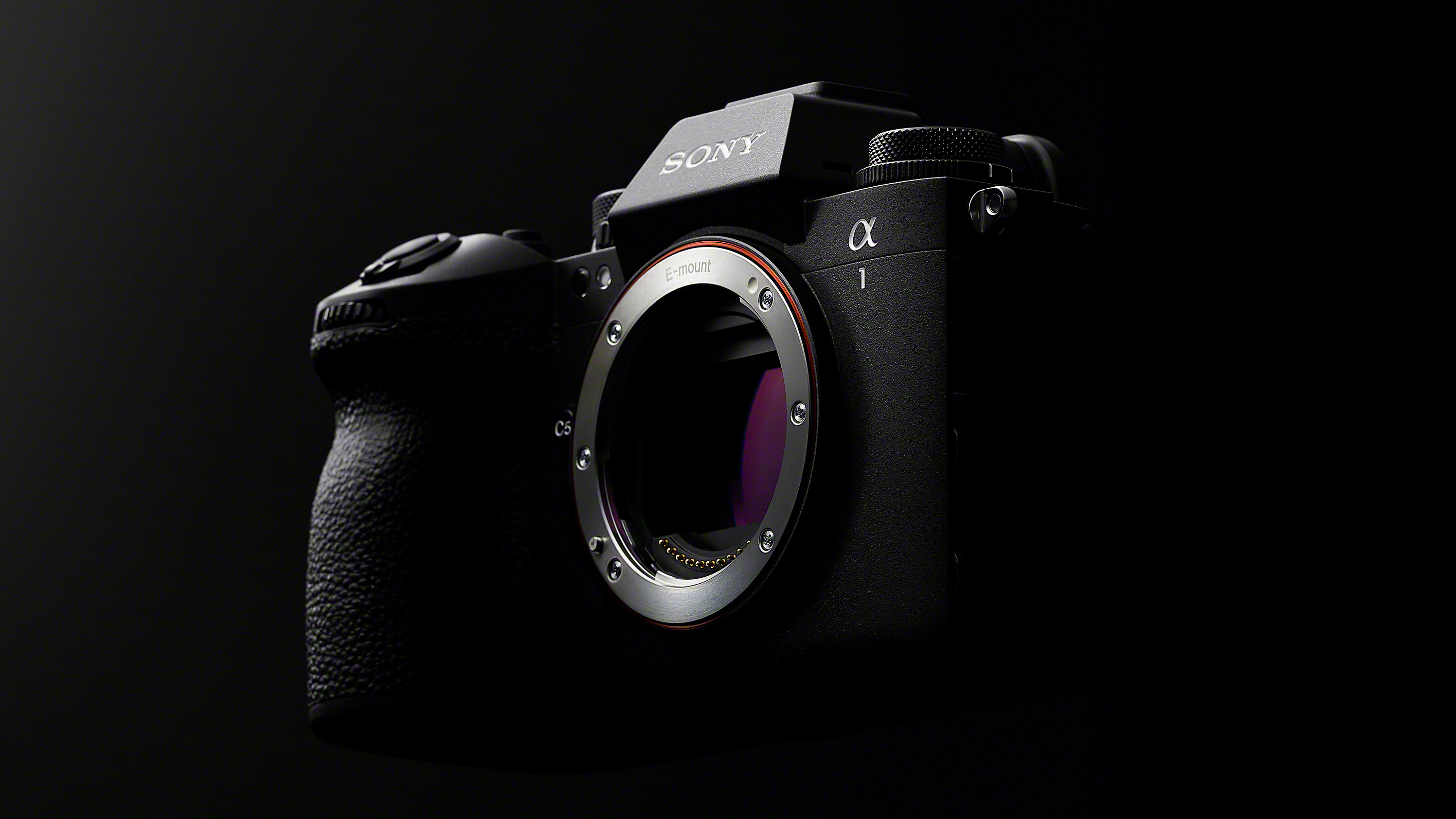Digital Camera World Verdict
It’s not quite as portable as the marketing suggests, but the 70mai Power Station Hiker 400 is much more manageable than, say, the EcoFlow River Max and worth considering for taking on short day or overnight trips where you’ll be off-grid. It’s best thought of as something to leave in the back of a car for emergency recharges while on a shoot or when camping, or for taking to an event where battery and laptop recharges will likely be required. Although its AC outputs are welcome, the 70mai Power Station Hiker 400 is a weekend trip companion mostly suited to keeping smaller devices charged up.
Pros
- +
Portable size
- +
Can recharge laptops via USB-C
- +
Lots of ins and outs
- +
2x AC for older camera battery chargers
Cons
- -
No wireless charging pads
- -
Heavier than it looks
- -
Capacity is only 2x big portable batteries
Why you can trust Digital Camera World
Do you need a portable laptop power bank for charging your camera on the go? If you’re taking cameras, laptops and a smartphone off-grid or somewhere you can’t guarantee mains power then the 70mai Power Station Hiker 400 ($399/£322) is for you. One of the smallest and most portable power stations available, its combination of ins and outs – and particularly its two AC mains outlets and ability to be refueled via a solar panel – make it a versatile alternative to a smartphone battery.
The 70mai Power Station Hiker 400 offers the equivalent of 378Wh. That’s no match for super-serious portable power stations like the Goal Zero Yeti 1500X (which offers 1,516Wh), but it’s much closer to the EcoFlow River Max (576Wh). However, that’s only 21,00mAh, and with a lot of pocket-sized portable batteries now reaching 10,000mAh it need to offer something extra. Here’s how we got on with the 70mai Power Station Hiker 400.
70mai Power Station Hiker 400 specifications

Capacity: 378Wh/400W/21,000mAh
Weight: 3.9kg/8.6 lbs
Measurements: 220x177x197mm / 8.7x7x7.8 inch
Solar: 120W max. input
Outputs: 2x AC output, 1x USB-A (QuickCharge), 2x USB-A (5V/2.4V), 100W PD USB-C, 12V, DC5521
Inputs: Anderson port (solar panel), DC input, WiFi (2.44Ghz), Bluetooth
Key features

The 70mai Power Station Hiker 400 is a portable power station with a lithium-ion NMC (nickel, manganese and cobalt) battery that has a total capacity of 378Wh or 21,000mAh. It can recharge the average laptop five times and a smartphone 28 times, according to the manufacturer, but crucially it can also power home appliances.
Eight ins and outs adorn the 70mai Power Station Hiker 400. On the front are three USB-A slots and a USB-C slot. One of those three USB-A slots is 18W QuickCharge-compliant, so can quickly re-charge a camera, smartphone or tablet while the USB-C can deliver 100W into a laptop. However, it’s the two mains plugs on the side that make this a portable power station. The 70mai Power Station Hiker 400 can thus power a mini fridge for five hours and both a lamp and a WiFi router for 25 hours, according to 70mai.
The company also sells the fold-out 70mai ME11MA1 100W solar panel, which measures 716x1190x15mm/28.2x46.8x0.6 inches, weighs 11lbs/5kg and costs $299/£231. It comes with a kickstand and its MC4 solar ports connectors (via an adaptor in the box) to Anderson ports on the front of the 70mai Power Station Hiker 400.
Although it’s not a unique feature for a portable power station, the 70mai Power Station Hiker 400 includes a surprisingly large LED light bar on the rear that pumps out 300 lumens. It can be turned to either warm or cool white.
In keeping with most high-end portable power stations, the 70mai Power Station Hiker 400 also boasts its own WiFi network and a smartphone app, which gives the status of each input. That’s overkill on a battery of this conservative size.
Build and handling

It may be sold as a uniquely compact travel companion for hiking but weren’t convinced it’s that small. At 8.6 lbs/3.9kg it’s possible to grab – using the curved handle on its top – and hold easily with one hand, but it’s not insubstantial. Would we pack it in a backpack or camera bag and go hiking with it? No, absolutely not. It is, however, ideal for leaving in a vehicle/at an event for fast recharging of a camera and a laptop or to power lights, WiFi routers, or other accessories.
The unit’s front LCD display measures 68x25mm and shows a speedometer-style graphic to show how much battery power is left, together with a large % figure. Attach anything to it and you’ll get a live readout of how much energy is being used, or how quickly it’s being refueled.
Performance

The 70mai Power Station Hiker 400 is about as grab-and-go as a portable power station can be, charging fully from the mains in about three hours. Used with two solar panels it’s supposed to take about 3.5 hours, though that’s in bright sunlight aimed directly at it. On a partly cloudy day – and without constantly shifting the panels’ positions to point precisely at the sun – it took us about five hours to recharge from empty. That’s still pretty impressive if you’re off-grid.
The 70mai Power Station Hiker 400 isn’t complicated to use, but after switching it on using a long press of the standby button in the middle of the front panel it’s necessary to use other buttons to activate both the USB-A and USB-C slots. That’s slightly annoying and not fomenting usually found a smartphone battery, while the similar-looking function button merely toggles Eco mode on and off. However, all Eco mode does it switch off the unit after the attached gadgets are charged.
Our review sample had US-style AC outputs that worked well with everything from a Canon DSLR camera battery recharger and a laptop charger to a small TV and a lamp.
70mai Power Station Hiker 400: verdict

It’s not quite as portable as the marketing suggests, but the 70mai Power Station Hiker 400 is much more manageable than, say, the EcoFlow River Max and worth considering for taking on short day or overnight trips where you’ll be off-grid. It’s best thought of as something to leave in the back of a car for emergency recharges while on a shoot or when camping, or for taking to an event where battery and laptop recharges will likely be required. Although its AC outputs are welcome, the 70mai Power Station Hiker 400 is a weekend trip companion mostly suited to keeping smaller devices charged up.
Read more

Jamie has been writing about photography, astronomy, astro-tourism and astrophotography for over 15 years, producing content for Forbes, Space.com, Live Science, Techradar, T3, BBC Wildlife, Science Focus, Sky & Telescope, BBC Sky At Night, South China Morning Post, The Guardian, The Telegraph and Travel+Leisure.
As the editor for When Is The Next Eclipse, he has a wealth of experience, expertise and enthusiasm for astrophotography, from capturing the moon and meteor showers to solar and lunar eclipses.
He also brings a great deal of knowledge on action cameras, 360 cameras, AI cameras, camera backpacks, telescopes, gimbals, tripods and all manner of photography equipment.


